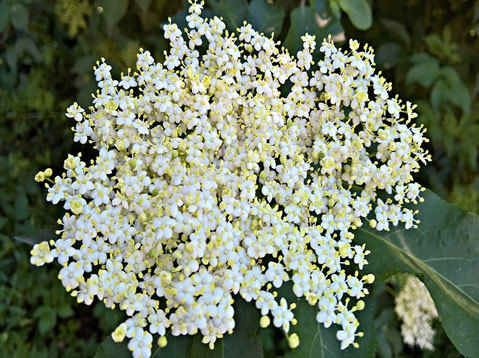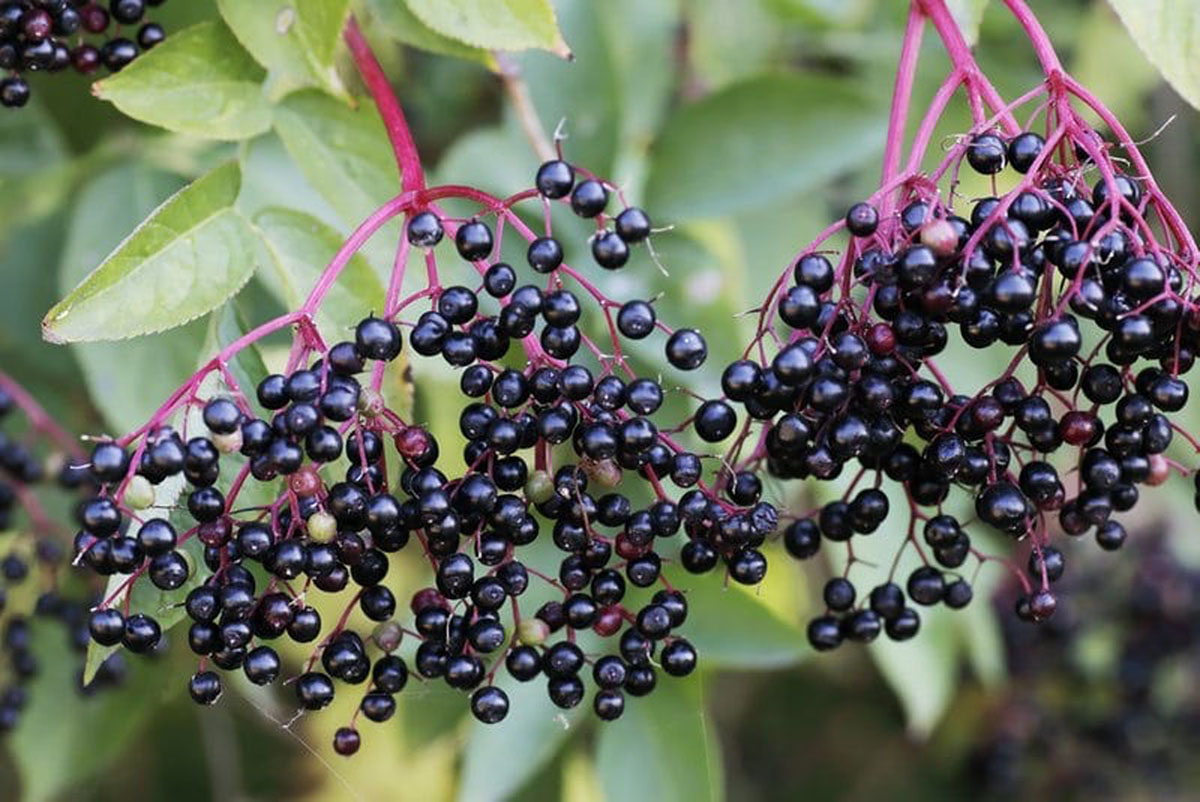Herbal Spotlight: Elderberry
Elderberry blossoms Rachel is part of the For the Wild: One Million Redwoods Project. Their mission is to renew temperate rainforests with native species to push back against climate change. You can read more about the project here. This will be the last Herbal Spotlight by Rachel. We thank her for her contributions to the newsletter. The well-known Sambucus, more commonly recognized as Elderberry, has a long and rich history of medical use throughout the world. Hippocrates wrote about the useful medical properties of this tree! These nutritious berries are rich in flavonoids, and high in vitamin C, vitamin A, bioflavonoids, beta-carotene, iron, and potassium. Though the berry is the most popular way to receive the medicine of this tree, the flowers are fragrant, edible, and medicinal as well. Most commonly used as an immune booster and to help fight off colds, elderberries are also anti-inflammatory, anti-viral, can relax sore muscles, help with sinus issues and reduce nasal congestion. In addition, they aid detoxification, digestion, and strengthen the heart. Elderberry trees prefer full sun and can grow 10–15 ft tall. Depending on the variety, there are more shrub-like elders if you have limited space. When planting elders, make sure to plant at least two trees to allow them to cross-pollinate. They have a shallow root system so it is best to give them regular watering the first 2–3 years until they are established. Adding compost each year will also help the trees stay healthy and continue to grow and produce berries. You can harvest elderberry flowers from May to mid-June and the berries from August to September. Let fruit ripen on the plant to a dark purple color. Prune off the entire cluster when ripe, and strip the berries into a bowl. The fruit doesn't store well at room temperature, so keep it refrigerated after harvest, and use it as soon as possible. There are many ways to incorporate these delicious flowers and berries into your daily life and herbal routine from jams, scones, pie, teas, syrups, to fermented into wine. Here's a recipe for Elderberry Immune Boosting Syrup: Ingredients Directions NOTE: The content in this article is meant to inform, not to diagnose or treat any ailment. Always use common sense, and consult with your healthcare provider before attempting to treat yourself or others.
Mature elderberry berries top | Newsletter Home | Table of Contents | Archive
|




